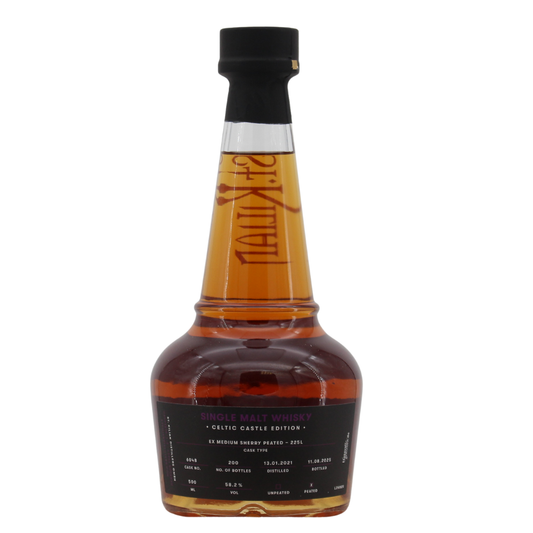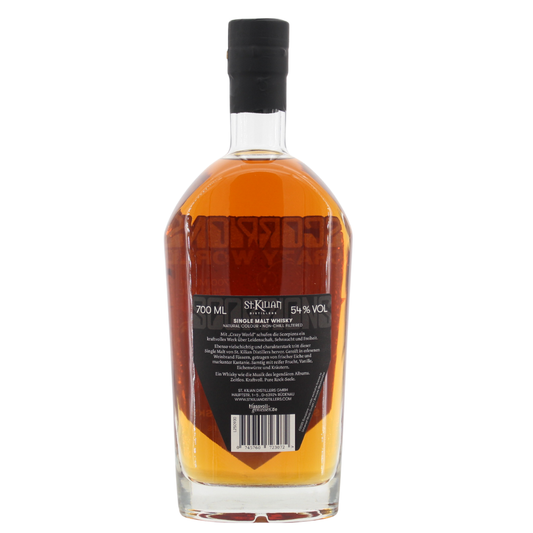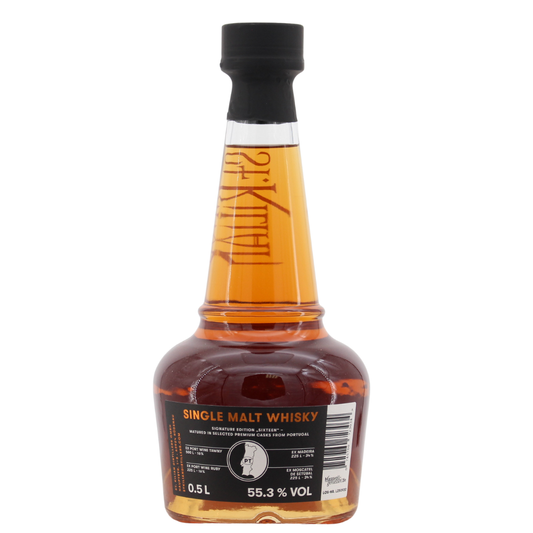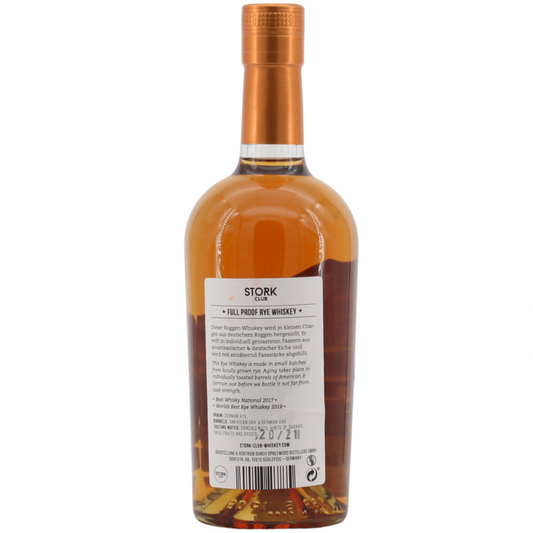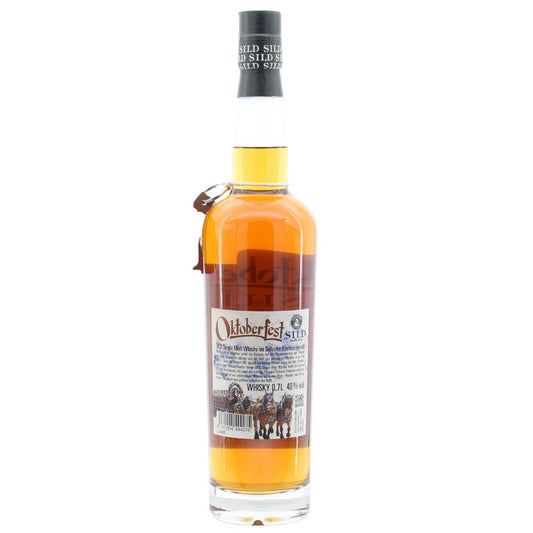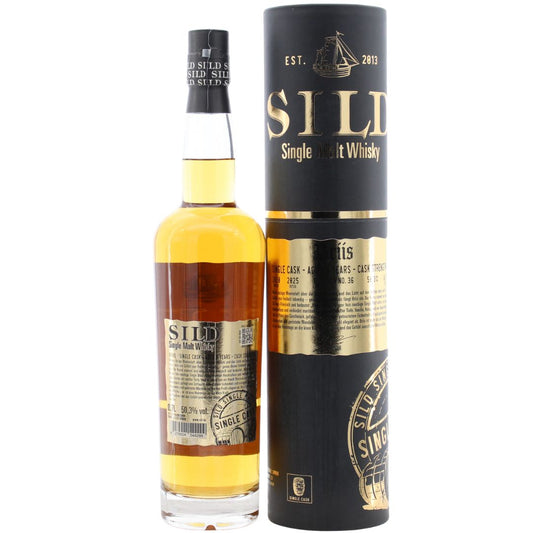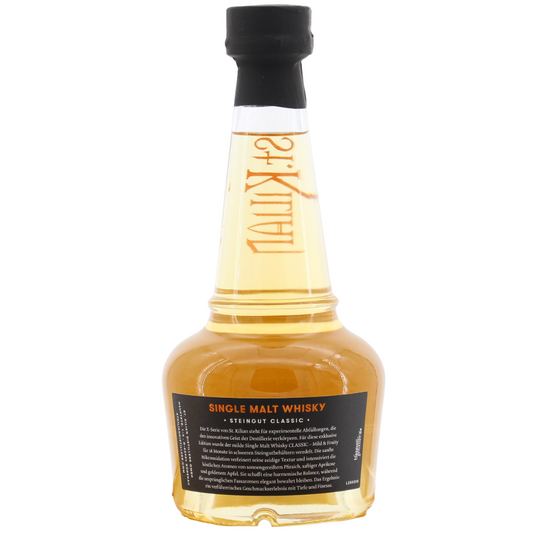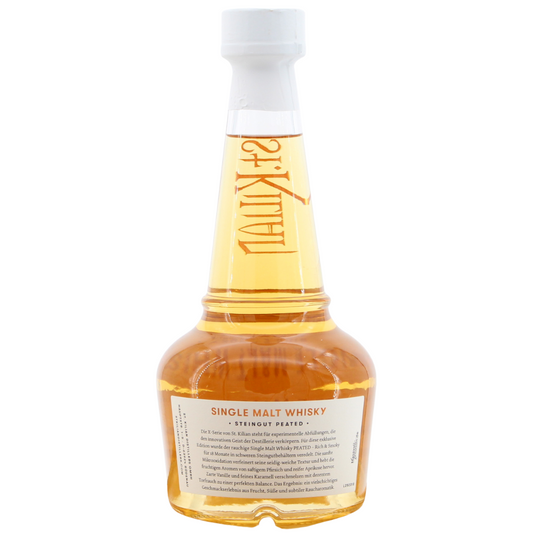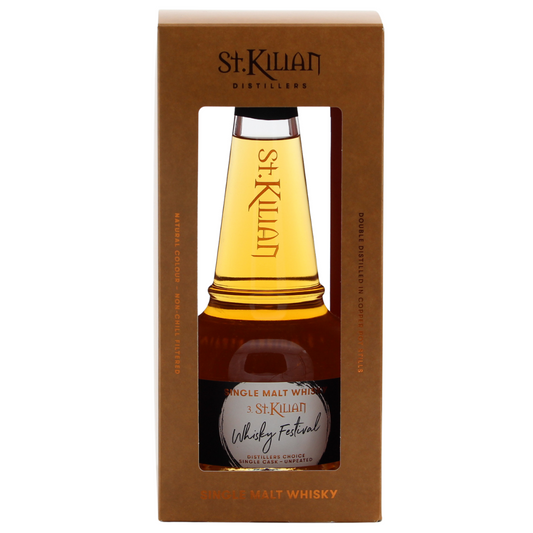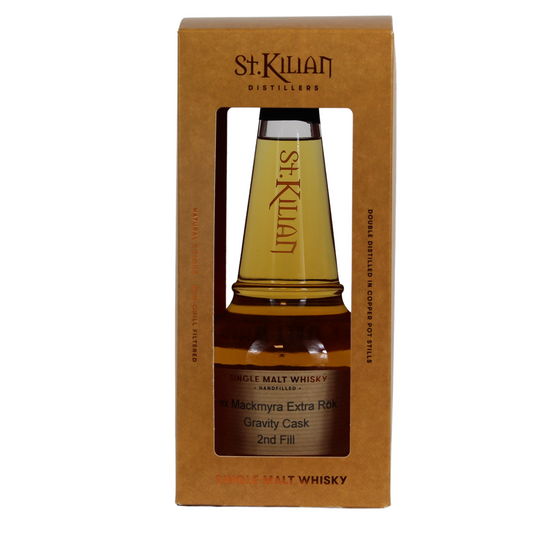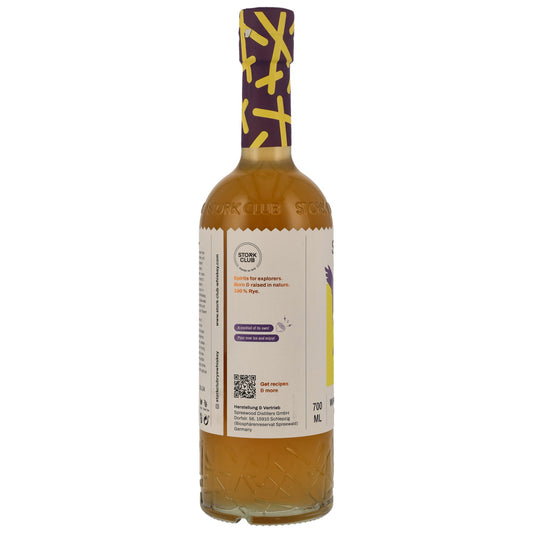Styles of German whiskeys
German whisky is exceptionally versatile, thanks in no small part to the creative approach of its producers. Compared to the more traditional styles from Scotland or Ireland, German distilleries often take more liberties with ingredients and maturation. Here are the main styles:
Single Malt Whisky
Similar to the classic Scottish single malt, this is made from 100% malted barley and produced in a single distillery. Typical German features are fruity, mild aromas and a pronounced maltiness. The two well-known distilleries Slyrs and St. Kilian are pioneers in this field. St. Kilian, in particular, consistently promotes the use of original Scottish equipment.
Grain Whisky
This whisky is based not only on barley, but also on other grains such as corn, wheat, or rye. Grain whiskies are ideal for blending, but are also enjoyed neat in Germany.
Rye whiskey
Rye gives the whiskey a spicier note, often reminiscent of bread or spices. This style is particularly common in northern Germany.
Innovative variants
German distilleries enjoy experimenting with unusual ingredients or cask types. For example, whisky in Germany is sometimes aged in beer, sherry, or wine casks, which imparts unique flavor nuances. Furthermore, German whisky distillers are not limited to using oak casks and can experiment with other woods as well.
Manufacturing methods
Whisky production is a complex process that can vary slightly from country to country. Distilleries in Germany follow tried-and-tested techniques, but often incorporate regional characteristics. The most important steps in whisky production are:
1. Malting
This is where the whisky's journey begins. Barley, rye, or other grains are soaked, germinated, and then dried. German distilleries often pay particular attention to the quality of the regional grains, which largely determine the flavor.
2. Mashing
The malted grain is mixed with warm water to convert the starch into sugar. This process produces a sweet liquid called "wort."
3. Fermentation
The wort is added to fermentation vessels along with yeast. The yeast converts the sugar into alcohol, which forms the basis for the whisky that will later be produced.
4. Distillation
The resulting alcohol is distilled in copper stills, which imparts purity and flavor. Many German distilleries use specially designed stills to give their whiskies an individual character.
5. Maturation
The finished spirit is matured in wooden barrels, usually oak. German distilleries also often use regional wine barrels, which give the whisky a special depth. The maturation period is usually at least three years.
6. Bottling
After maturation, the whisky is filtered, diluted (if necessary), and finally bottled. German producers ensure the highest quality standards.
Why German whisky is unique
German whisky stands out not only for its outstanding quality, but also for the creative approaches of its distilleries. The close connection to regional ingredients and the willingness to explore new paths make German whisky an exciting choice for connoisseurs worldwide.
Some reasons why German whisky stands out:
- Use of regional raw materials
- Experimentation in barrel management
- Innovative flavors and styles
Immerse yourself in the world of German whisky
With its diversity, quality, and creativity, German whisky has firmly established itself in the whisky world. It offers endless opportunities for both beginners and advanced connoisseurs to discover new flavors.
So, why not experience the facets of German whisky for yourself? Try a single malt from Slyrs, a peaty St. Kilian, or a spicy rye whisky from Northern Germany. Whatever you're in the mood for, you'll find it in Germany.
And with the next sip, you can proudly say that you know the secrets behind this fascinating spirit.













